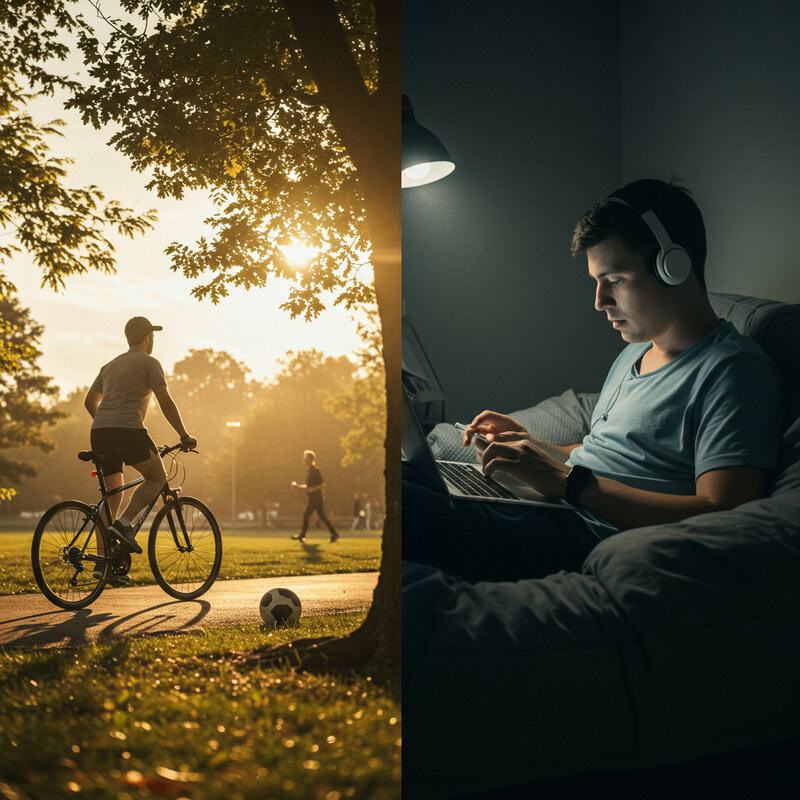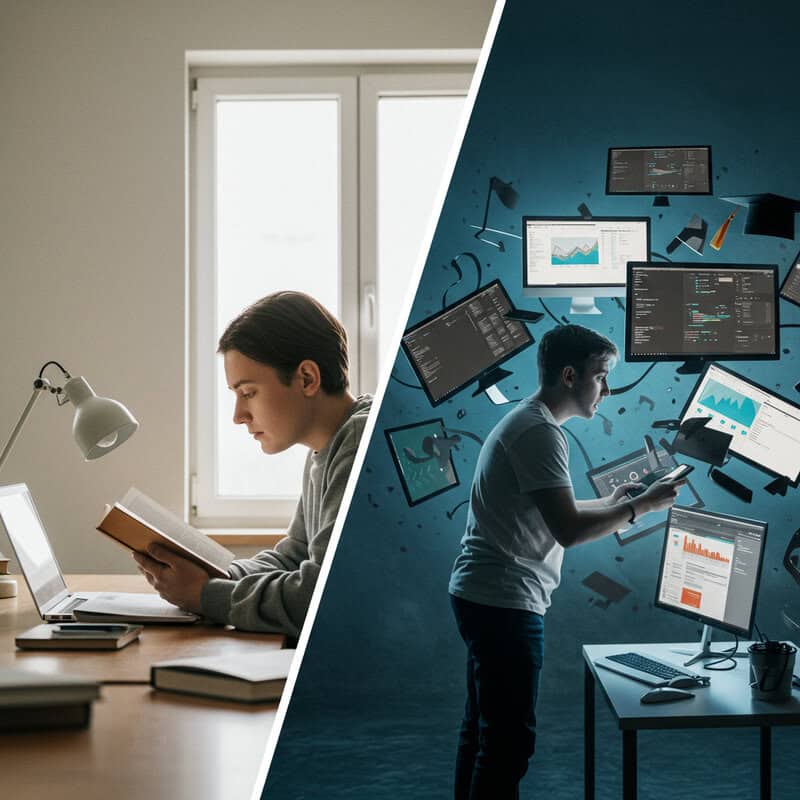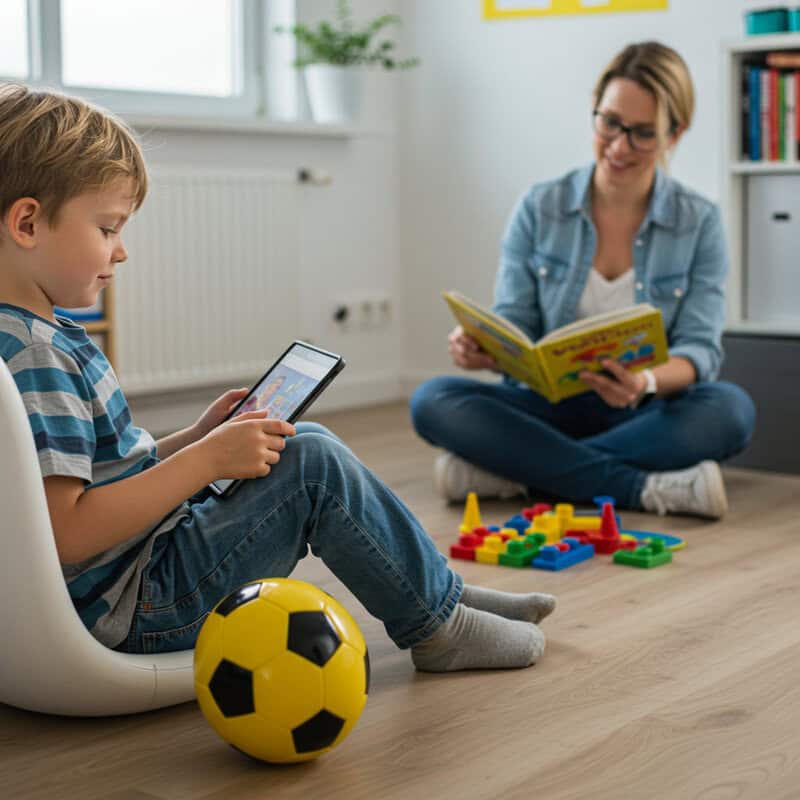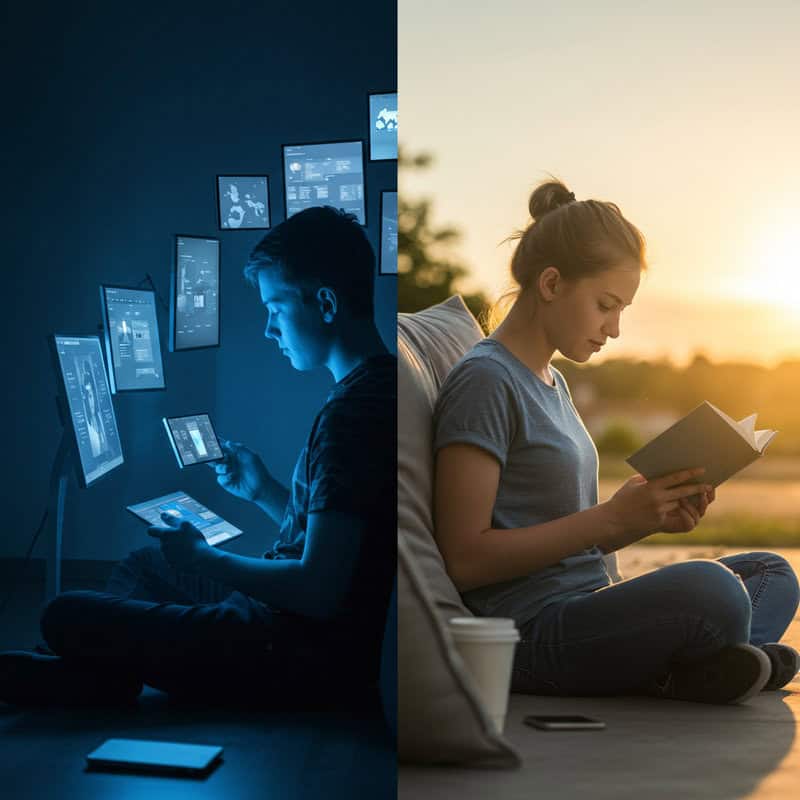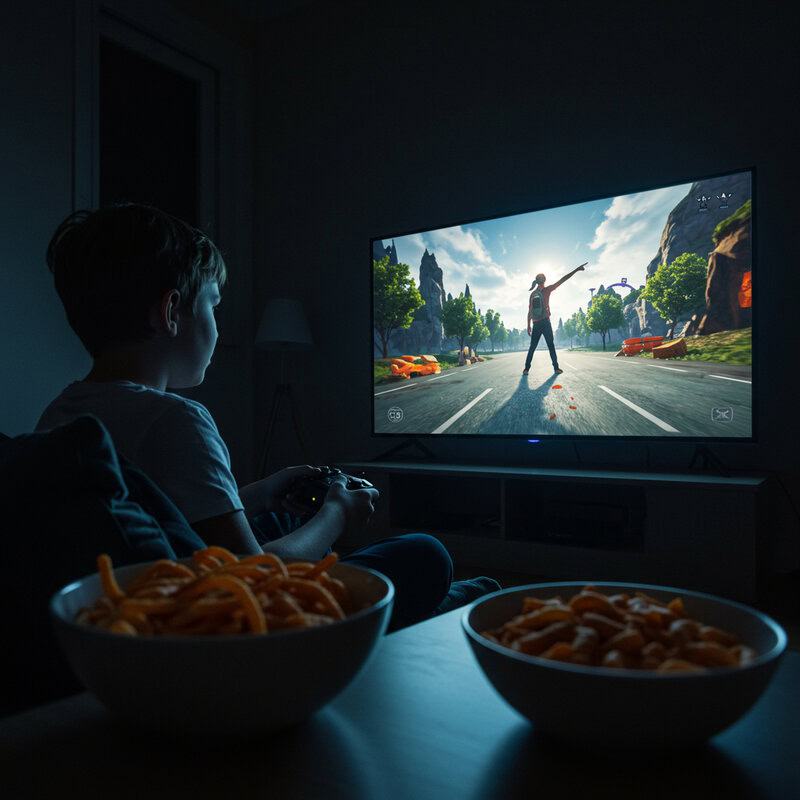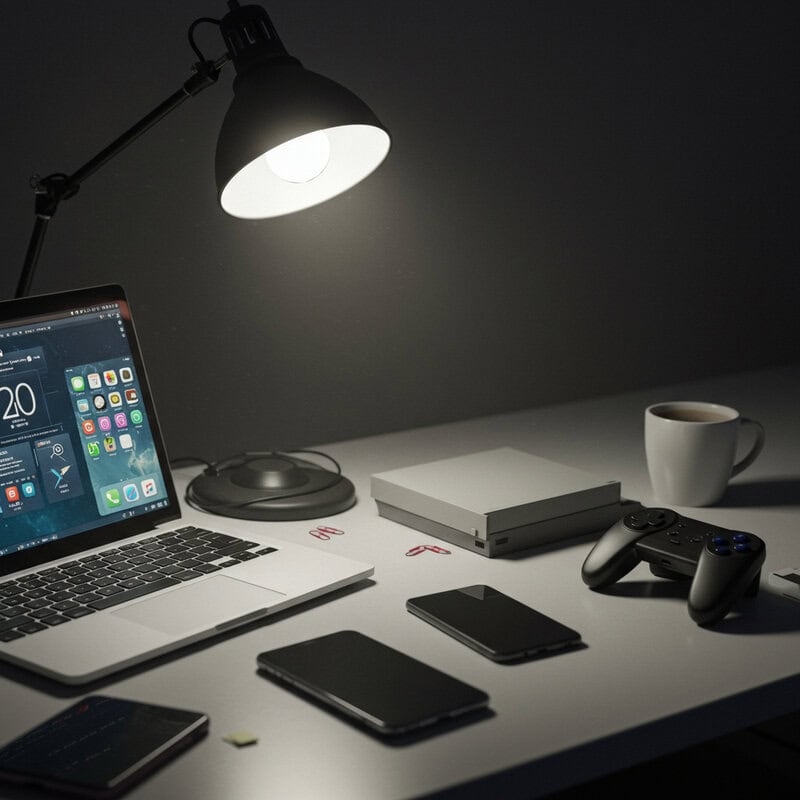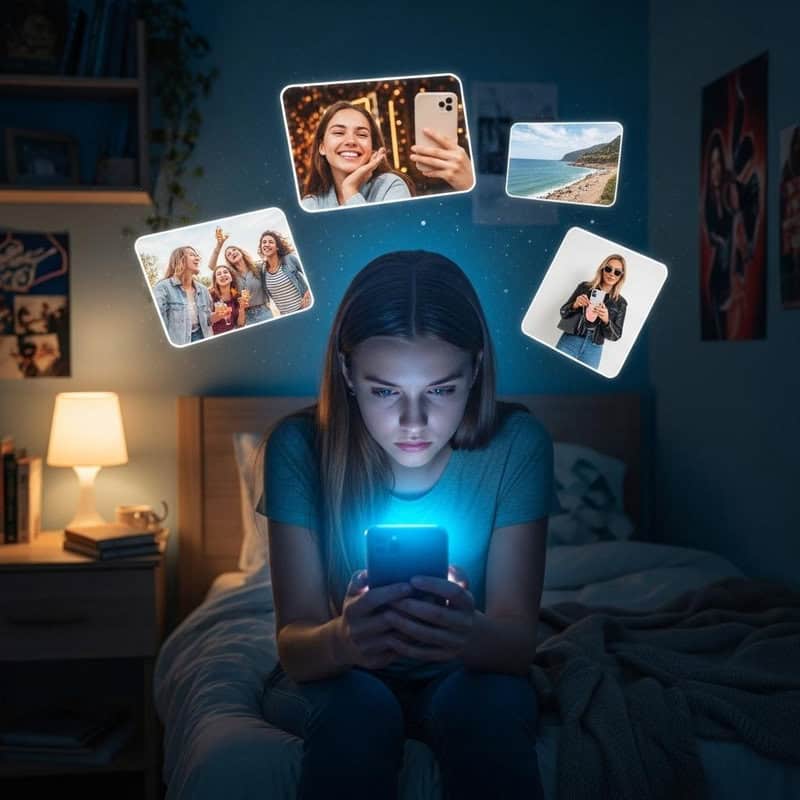2. Effects on Sleep Patterns
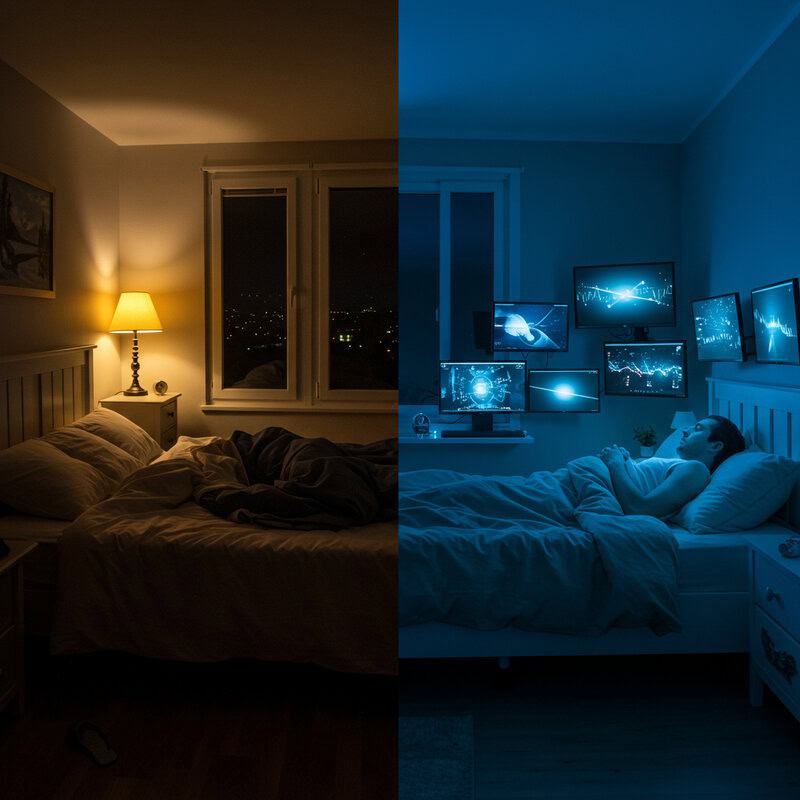
Increased exposure to screens, especially before bedtime, introduces blue light that can disrupt natural circadian rhythms and suppress melatonin production. This often leads to sleep disturbances and poorer sleep quality, a stark contrast to pre-digital times when people were less exposed to artificial light in the evenings.
Research from the Sleep Foundation highlights that prolonged screen time is linked with shorter sleep duration and greater difficulty falling asleep, underscoring the need for mindful screen use to support healthy rest and overall well-being.



